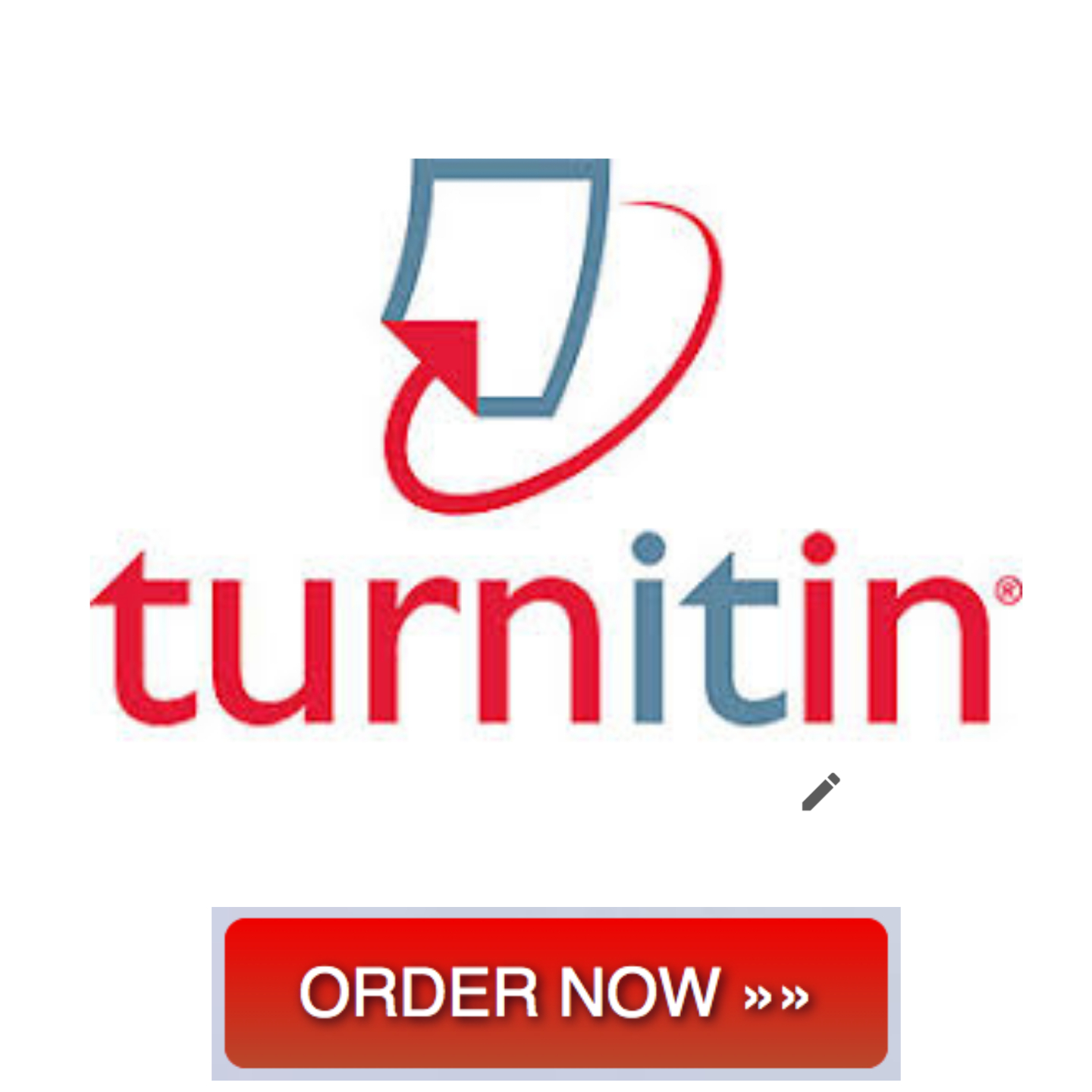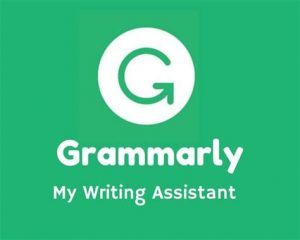Innovative, transformational, and experiential teaching and learning strategies
In this Innovative, transformational, and experiential teaching and learning strategies essay, we will talk about new, different, and hands-on ways to teach and learn.
Because the healthcare environment is so complicated, it is hard for nurse educators to create learning environments that are focused on the students and help them learn the knowledge, skills, attitudes, and behaviors that are in line with professional standards and guidelines.

Innovative, transformational, and experiential teaching and learning strategies
A nurse educator’s success depends on his or her ability to do thorough academic research to find the best ways to set up learning environments that help students reach student-centered goals (also referred to as learner-centered outcomes).
Innovative, transformational, and experiential teaching and learning strategies
REQUIREMENTS
You must send in your own work. Even if the source is cited correctly, no more than 30% of the whole submission and no more than 10% of any one source can be directly quoted or closely paraphrased. When you turn in your work, you get a report on how original it is that you can use as a guide.
You must use the rubric as a guide for how to make your submission, since it has detailed criteria that will be used to judge it. There are more than one way to judge each of the requirements below. Some of the titles of the parts of the rubric may lead to relevant parts of the course.
A. Fill out each section of the eight-week “Course Outline Template” that is attached:
1. an overview of the class (brief and no longer than 75 words)
2. Each week has eight topics for course modules
3. Eight important ideas every week
4. Each week, one to two active learning methods that have been shown to work
5. Citations of academic sources in APA format for each active learning strategy that has been proven to work
Note: An APA-style formal narrative paper covering points B, C, D, E, and F will be turned in.
B. Do the following with what you’ve learned from your course outline:
1. Use the course overview on your outline to talk about the three parts of the course that follow:
• What the student will gain from taking the course
• the main focus of the course is on certain ideas
• What it has to do with nursing as a job
2. Talk about how the topics of your eight-week course modules will help your course grow.
3. Explain how your weekly key ideas help students learn in a way that is focused on them.
a. Explain how your weekly key ideas fit into one of the following professional standards or guidelines:
• “A Bachelor of Science in Nursing: The Basics for Professional Practice” (AACN, 2008)
• Education for nurses on quality and safety skills (QSEN)
• “Quad Council Public Health Nurse Competencies”
4. Explain how each week’s eight main ideas fit into your course overview.
5. Explain how making a course outline fits into your job as a nurse educator.
C. Talk about three ways to learn from your course outline and how they fit the needs of different students.
1. Explain how you’ll use one of the learning strategies you chose in Part C to help people with different learning needs.
a. Name the main way of learning that Part C1’s strategy is meant to help.
b. Explain how the way you want your students to learn will help them get better at clinical reasoning and self-reflection.
D. As a nurse educator, explain how you would encourage student-centered outcomes in each of the following learning environments to get different types of professionals to work together and as a team:
• one-on-one
• online
• clinical
E. Tell me how your nursing students’ cultural, social, and life experiences can affect how well they can learn.
F. Explain how one of the following learning theories can be used to make a course for nursing education:
• constructivist
• cognitivist
• behaviorist
• humanistic
Strategies for teaching and learning that are new, different, and hands-on
G. Turn in your formal narrative paper in APA style, which includes a title page, headers, in-text citations, and references, but is not limited to these things.
H. Use the content and format of your submission to show that you know how to talk to people in a professional way.
Benchmark for the Community Teaching Plan: Proposal for a Work Plan for Community Teaching Week 5
Plan for Teaching in the Community: Paper on Teaching Experience
Strategies to promote honesty in the classroom and in the workplace ( MSN )
E-learning tools and the education of health care workers
There are many ways to learn.
Setting goals for learning
EBP Identification of Clinical Question in the Collaborative Learning Community
Related Posts:
- Benchmark – Community Teaching Plan: Community Teaching Work Plan Proposal Week 5
- Community Teaching Plan: Teaching Experience Paper
- Strategies To Promote Academic Integrity And Professional Ethics ( MSN )
- E-learning tools and healthcare providers education
- Different Learning Styles
- Planning Learning Objectives
- The Collaborative Learning Community: EBP Identification of Clinical Question


